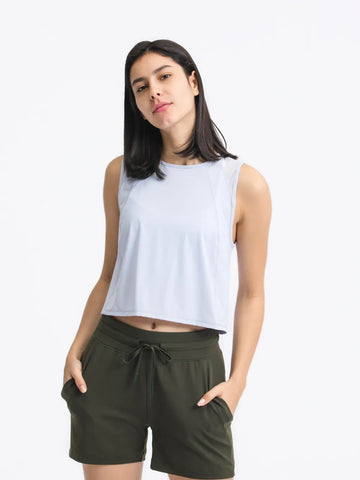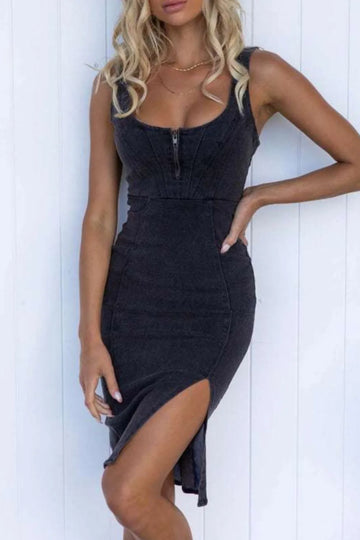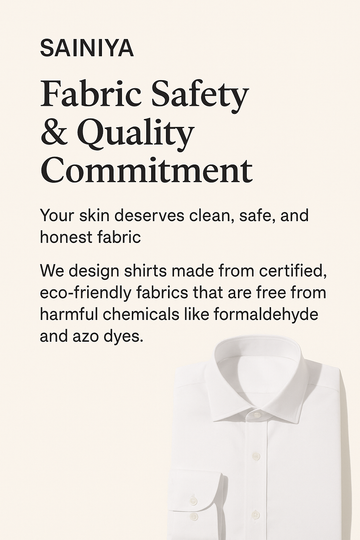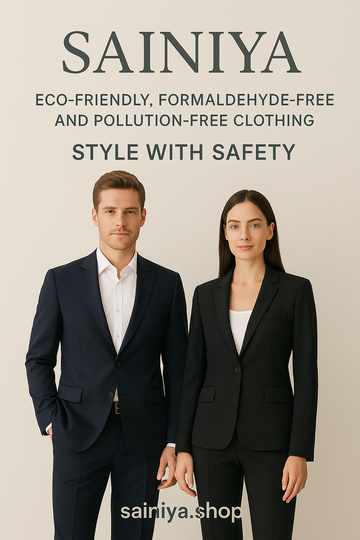Basic Fabrics and Compositions of Women’s Shorts
Q: What fabrics are commonly used in women’s shorts, and what are their pros and cons?
Cotton / Cotton Blends (cotton+spandex/lycra) Pros: Breathable, soft, skin-friendly. Cons: Wrinkles, shrinkage, slow-drying, possible chemical residues if dyeing/finishing is poor.
Linen / Linen Blends Pros: Lightweight, breathable, naturally cool. Cons: Wrinkles easily, less elasticity, weak structure.
Denim / Twill Cotton / Khaki Pros: Durable, casual, strong cotton feel. Cons: Heavy, less breathable, not ideal for close fit.
Synthetic Fibers / Functional Fabrics (polyester, nylon, spandex blends) Pros: Quick-drying, durable, wrinkle-resistant, sports-suitable. Cons: Skin friction, discomfort when sweating, unsafe dyes/finishes risk.
Regenerated Fibers (viscose, modal, lyocell, Tencel) Pros: Soft, good drape, moisture-absorbing. Cons: Viscose production uses toxic carbon disulfide, hazardous for workers.
Harmful Substances in Textile Production
Q: Which harmful chemicals may appear in fabric production and dyeing/finishing?
-
Formaldehyde: wrinkle-resistant finishing; irritates skin/respiratory, linked to dermatitis.
-
Azo Dyes: some release carcinogenic aromatic amines.
-
Heavy Metals (chromium, lead, cadmium, copper): pigments/fixatives; toxic to organs.
-
Chlorobenzenes/Chlorinated Compounds: dye carriers; volatile, irritating.
-
VOCs: auxiliaries; pollute air, cause respiratory irritation.
-
PFAS: water/stain repellent; persistent, disrupt endocrine/organ health.
Example: Bright shorts dyed with unsafe azo dyes may leave aromatic amine residues → allergic reactions. Formaldehyde finishes may volatilize → irritate skin/respiratory. Rayon uses carbon disulfide → neurotoxin risk for workers.
SAINIYA’s Correct Practices (sainiya.shop)
-
Clear MRSL/RSL: ban azo dyes, heavy metals, formaldehyde; follow ChemSec Textile Guide.
-
Safer Substitutes: use formaldehyde-free finishes, low-VOC auxiliaries, Oeko-Tex/GOTS/Bluesign certified dyes. Avoid PFAS.
-
Rigorous Testing: check batches for formaldehyde, amines, heavy metals, VOCs; accredited third-party labs; reject non-compliant.
-
Third-Party Certification: obtain Oeko-Tex, GOTS, Bluesign; show reports & logos on sainiya.shop.
-
Consumer Education: product transparency, care labels like “Formaldehyde-Free,” “No PFAS,” supported by testing.
-
Ongoing Audits: supplier chemical audits, adopt greener tech, update RSL/MRSL regularly.
Sample Q&A
Q: Why can cotton shorts still be unsafe? A: Cotton is skin-friendly, but finishing with formaldehyde or azo dyes may leave residues. Sweat+skin contact → irritation, rashes, allergies. Formaldehyde is volatile; aromatic amines are linked to cancer.
Q: How can consumers identify safer shorts? A: Look for certifications (Oeko-Tex, GOTS, Bluesign), chemical testing transparency, labels like “PFAS-Free,” and brands with clear MRSL/RSL. SAINIYA ensures strict MRSL/RSL, safer substitutes, rigorous testing, and third-party certification to guarantee safe, stylish, sustainable shorts.





